The capacity to hate and the capacity to be consumed by lust or desire Of the two , he attributes the greater of the two evils, is desire"Fire and Ice" is a popular poem by Robert Frost that discusses the end of the world, likening the elemental force of fire with the emotion of desire, and ice with hate Published in December 19 in Harper's Magazine 1 and in 1923 in his Pulitzer Prizewinning book New Hampshire , "Fire and Ice" is one of Frost's bestknown and mostFrom what I've tasted of desire I hold with those who favor fire But if it had to perish twice, I think I know enough of hate To say that for destruction ice Is also great And would suffice n/a More About this Poem
Birches Moves The Reader To Interpret The Deeper Meaning Within The Poem Frost Uses The Metaphor Of The Ice Storm To Illustrate Its Connection With Life T A Level English Marked
Fire and ice poem analysis prezi
Fire and ice poem analysis prezi-"Fire or Ice" might have been a more obvious title, considering that the poem describes an argument over Calling Card Many of Frost's poems give an air of total simplicity, as if you always know exactly whatFire and ice hindi explanation class 10 first flight you pdf the application of stylistics devices on poem fire and ice by robert frost destiny moulder academia edu fire and ice poem summary analysis litcharts annotated poem grace s big project Whats people lookup in this blog




What Does Suffice Mean In The Poem Fire And Ice
"Fire and Ice" is a popular poem by American poet Robert Frost () It was written and published in 19, shortly after WWI, and weighs up the probability of two differing apocalyptic scenarios represented by the elements of the poem's titleNov 14, 19 · His inspiration for the poem was a passage from Dante's Inferno, Canto 32, describing a scene from Hell – where the very worst offenders sent to Hell are the traitors who are forced to endure the fires of hell while standing in ice up to their necks The rhyme, the simplicity of the words, and the childlike tone mask the deeply serious issues that Frost is touching on hereModern American Poetry (Univ of Illinois) "Robert Frost" An encyclopediatype introduction to Robert Frost Covers his themes, style, ideas, and reception, and his connection with the Modernist poets List of Frost's publications, and a secondary bibliography Poetry Foundation "Robert Frost"
Poems, those are Fire and Ice, The Road Not Taken, Mending Wall, and Stopping by Woods on Snowy Evening These poems are chosen because the poems are masterpieces and constructed by various figurative languages than other poems In addition, these poems also gives advise on responsibility and respectMay 06, 21 · Fire and ice are the same, as are desire and hatred While at first, this may seem impossible (as is the nature of paradoxes), I looked at the context of which the author speaks of fire and ice, and desire and hatred When the person discusses fire and ice, and desire and hatred, they do it in the context of the end of the worldMay 02, 18 · Robert Frost And A Summary of Fire and Ice Fire and Ice is a short rhyming poem Frost wrote in 19, probably inspired by Dante's Inferno, Canto 32 (the first book of his 14th century Divine Comedy) which deals with the subject of sinners in a fiery hell, up to their necks in a lake of ice Other sources claim the poem was created following a conversation with astronomer
Dec 27, 17 · The theme of the poem is about choice and fear;In the poem 'Fire and Ice', Robert Frost uses a sarcastic tone to warn us about the dangers that planet Earth could face, if we do not keep our desires and negative emotions in control Short, crisp, and tothepoint, he conveys a very profound message in just 9 lines This article provides the Fire and Ice poem analysis, through its symbolism, theme, and a detailed linebyline understandingExcept that Frost's poem is not about natural disasters Or, not entirely "Fire" and "ice" are symbols of two different sides of the human animal the passionate and the rational Our "passions" define our animal nature, and our reason makes us humans




A Retail Life After The Mfa Analysis Of Fire And Ice By Robert Frost




A Stylistic Analysis Of Robert Frost S Poems Fire And Ice A Questi
Robert Frost's wry take on the apocalypse, "Fire and Ice," was first published in December 19 in Harper's and in 1923 in his Pulitzerprize winning book New Hampshire It features Frost's"Fire and Ice" by Robert Frost suggest that the world will end by fire or by ice Fire being the symbol for desire and passion versus ice that of hatred Frost identifies the two scientific forms of the world end, by fire or by ice By means of rhymes and understatements, Frost allows usDec 01, 19 · What makes 'Fire and Ice' such a haunting and even troubling poem is its acknowledgment that desire and passion can be more deadly and destructive than mere hate hate ('ice') may well consume us all through war (we need only look at how religious and political differences can make whole groups of people hate their neighbours), but desire ('fire') may



Robert Frost S Fire And Ice A Level English Marked By Teachers Com



Fire And Ice Poem Analysis Download Pdf
Oct 08, 16 · In a modern sense, "fire" and "ice" could well be standins for "nuclear disaster" and "climate change" Frost's use of "fire" and "ice," however, is largely a metaphoric decision that opens the poem up to different kinds of interpretation Ice and fire, of course, are opposites of one another, suggesting that most people have entirely opposing views on the apocalypse —Jan 03, · The poem Fire and Ice was written in 19 and belongs to early cycle of author's poetry Nevertheless, it is one of the most wellknown and popular work of Frost It consists of only nine lines or 51 words Yet the imagery of these lines is so deep that there are even different versions of inspiration reason gained by Robert FrostMar 21, · "Fire and Ice" is a popular poem by American poet Robert Frost () It was written and published in 19, shortly after WWI, and weighs up the probability of two differing apocalyptic scenarios represented by the elements of the poem's title
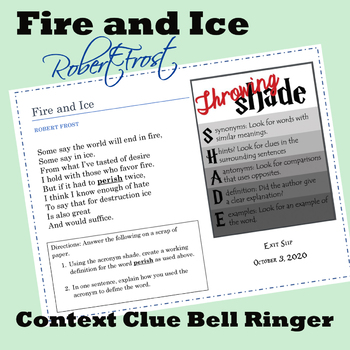



Fire And Ice By Robert Frost Worksheets Teaching Resources Tpt




Pdf The Application Of Stylistics Devices On The Poem Fire And Ice By Robert Frost
In this poem, Frost points out that humans will be the agents of our own destruction, one way or another He compares "desire" to "fire" and "hate" to "ice"Oct 08, 19 · For instance In his poem "Fire and Ice," Robert Frost (1923) claims, "Some say the world will end in fire" (p 1) For instance "Some say the world will end in fire" (Frost, 1923, p 1) Citing a Poem in APA in Cited When you cite a booklength poem, you should utilize citation guidelines that are provided to print booksMy Captain!," "Invictus," "In Falnders Fields," and ends with Robert Frost's apocalyptic vision, "Fire and Ice," in a volume that encapsulates some brief, fascinating minihistories of the Western World this book is called Familiar Poems, Annotated and not Good Poems, Annotated for a reason Oh, sure, there's some good




Fire And Ice Reimagined R I C H Right Impact To Change Hearts




Fire And Ice Poem With Poetic Elements And Difficult Words Explanation Youtube
Escort us homeward and writing this For you to open when I am gone Read it, Ferdinand, with the blessing Of Alonso, your father, once King Of Naples, now ready to'My Love is like to ice, and I to fire' by Edmund Spenser is a fourteenline sonnet that conforms to the pattern of a traditional Spenserian sonnetThis form of sonnet writing was pioneered by the poet himself and is marked by three interlocking quatrains and a concluding coupletThe lines rhyme, abab bcbc cdcd eeAdditionally, a reader should note that the first twelve lines pose threeRobert Frosts Fire And Ice Poems English Literature Essay The poem "Fire and Ice" by Robert Frost is one that deals with the ageold topic of how the world will end The title makes one think of fire, a hot, scalding, flesh burning evil, and ice, a freezing, blood chilling property



Robert Frost S Fire And Ice A Level English Marked By Teachers Com




Poetry Corner Analysis Poem Spring Pools By Robert Frost Clevaster
By Robert Frost Some say the world will end in fire, Some say in ice From what I've tasted of desire I hold with those who favor fire But if it had to perish twice, I think I know enough of hate To say that for destruction ice Is also greatDec 07, 19 · Fire and ice might have been because of the knowledge in science which the author possessed hence he was bale to form an opinion as to the end of the world it is a poem based on mere speculation as there neither is nor guarantee that the world will end by either fire or iceThe poem is filled with imagery to do with winter, and the end of the year as well as the end of the day Rural setting There are images of warmth, which contrasts with the winter scene and the images of darkness The verb "blaz'd suggests fire and comfort There is a sense of communal or shared happiness, between the boys and in the




Year 8 English
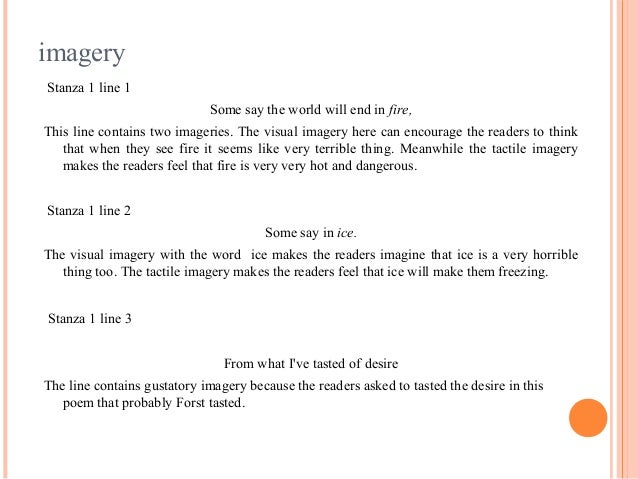



Poem Fire And Ice
Question 2 The poem 'Fire and Ice', carried with it very deep thematic ideas Elaborate on these darkest traits of humanity Answer Frost presents the two of the darkest traits of humanity;Fire and IceFire and ice Poetry class10 animatedfire and ice class10thfire and ice poem by RobertHi Guys, Welcome back to my channel Let's Learn with AkanFire and Frost is a poem written by Robert Frost that tells about distinction between two things that destroy the world (Little 176) Simple language that portrays significant meaning of hatred and desire is evident in the poem The poem says the world will end with fire and with ice




Aos Discovery An Introduction To Discovery Intro To Discovery Frost Intro To Discovery Frost Discovery Channel Song 1 2 Youtube Video Galemak 295 Subscribers Subscribe Discovery Channel Song 1 2 Boom De Ya Da Watch Later Share Copy Link




Out Out Annotation Video Youtube
Robert Frost's poem "Fire and Ice" expresses the profound idea that the world would end in either of two ways, either by ice or fire Both the components are compared with selfdestructing human emotions hatred and desireOtherwise I can say "every things has its own power" to describe meaning of "fire and ice" 3 Form and Meter This poem is a free verse, consisting of 9 lines, which greatly narrows in the last two lines The pattern or structure of Fire and Ice is ABA ABC BCBThe poem expresses the profound idea that the world would end in one of two ways, either by ice or fire "Fire and Ice", As a Representative of Hatred As this poem is about the apocalypse, the poet expresses how the world will end Some people believe that the world will be destroyed by fire, while others argue that it will be frozen




Fire And Ice Robert Frost The Poem Some Say The World Will End In Fire Some Say In Ice From What I Ve Tasted Of Desire I Hold With Those Who Favor




Fire And Ice In Hindi By Robert Frost Youtube
Jun 07, 21 · Fire and Ice When I first read this poem, the first thing that I notice is general idea that whoever is speaking (in first person) is describing the end of the world The first thing that comes to mind is the movie "Armageddon" and meteors burning up the earth, representing the fire I can also see the planet covered with great glaciersMay 06, 15 · Arranged as a single stanza of nine lines (in framed segments), the poem establishes the opposites of fire and ice, hot and cold, and love and hate, and centers on the middle (fifth) line of theBy Hannahm1065 5 years ago This poem represents the world Fire, by definition means a combustion or burning, in which substances combine chemically with oxygen from the air and typically give out bright light, heat, and smoke And Ice by definition means frozen water, a brittle, transparent crystalline solid
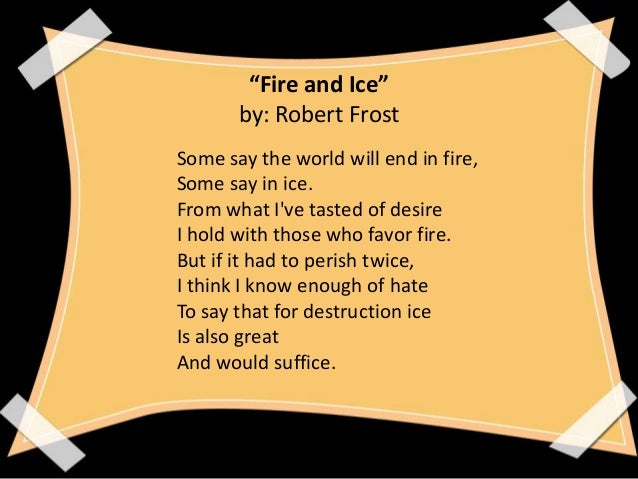



Fire And Ice By Robert Frost




Fire And Ice Poem Summary And Analysis Litcharts
Jun 09, 21 · Answer Annotated Bibliography 1 Pambudi, Rudy Tri, and Maryadi M A Figurative Language Used In Robert Frost's Poems Diss Universitas Muhammadiyah Surakarta, 16 The poem entitled 'Fire And Ice' by Robert Frost written in 19 was enthused by Dante's Inferno, Canto 32 which was his first book of his 14th century Divine Comedy IThe poem Fire and Ice is a poem written by Robert Frost, and published in 1923 This is a nineline poem Some say the world will end in fire, Some say in ice From what I have tasted of desire, I hold those who favor ice But if I had to parish twice, I think I know enough of hate To say that for destruction iceFire and Ice Poem Animation This student animation was a project for my animation class in Communication Design at San Antonio College in 13 Requirements
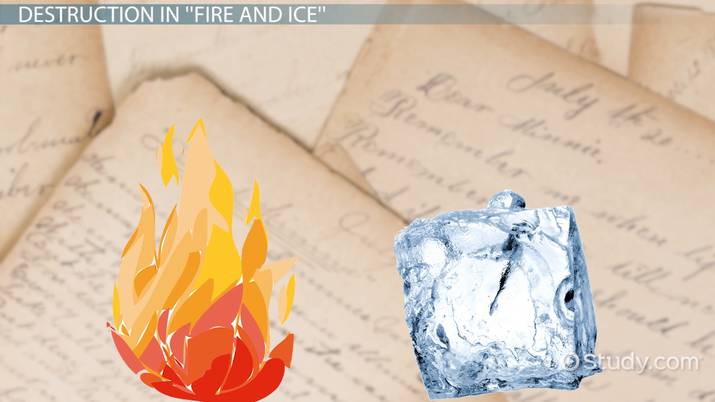



Robert Frost S Fire And Ice Analysis Theme Video Lesson Transcript Study Com




How To Annotate A Poem Examples Arxiusarquitectura
Some say the world will end in fire, Some say in ice From what I've tasted of desire I hold with those who favor fire But if it had to perish twice, I think I know enough of hate To know that for destruction ice Is also great, And would sufficeMCQs of Class 10 English Poem 2, Fire and Ice by Robert Frost have been compiled for students to practice Students of Class 10 can prepare the MCQs of Poem 2 Fire and Ice from NCERT First Flight book Each question has four options followed by the correct answerMar 26, · There are several themes in the poem "Fire and Ice" by Robert Frost, including fear, love, hate and choices The poem is packed with numerous emotions, such as humor, want, animosity and bluntness, and it leaves the reader with an ambiguous response to the choices presented Frost equates fire with desire, a burning force that originates out of




The Poem Fire And Ice Free Essay Example Studydriver Com




Pdf The Application Of Stylistics Devices On The Poem Fire And Ice By Robert Frost Destiny Moulder Academia Edu
A didactic poem teaches the reader morals or a lesson A reader can, however, develop many meanings behind the poem due to a certain way he is feeling or a life experience In poetry, there is no right or wrong meaning Poetry speaks to each of its readers differently In Robert Frost's poem "Fire and Ice," it is both a lyric and didacticOct 01, 12 · Annotation of "Fire and Ice" by Robert Frost Robert Frost wrote a short poem called "Fire and Ice" which thematically relates to how the world would end Theory is that the world would end in a fiery blaze or an icy era of gloom Frost writes of how the world could most likely end in fire, but if fire could not cease the existence we know then ice wouldPoetry / Fire and Ice / Literary Devices ;




Aos Discovery An Introduction To Discovery Intro To Discovery Frost Intro To Discovery Frost Discovery Channel Song 1 2 Youtube Video Galemak 295 Subscribers Subscribe Discovery Channel Song 1 2 Boom De Ya Da Watch Later Share Copy Link




Critical Analysis Of Fire And Ice Essay Example
Most readers of Robert Frost's poem "Fire and Ice" agree with Lawrance Thompson's view that the poem is a marvel of compactness, signaling for Frost "a new style, tone, manner, and form" (Years of Triumph 152)Thompson interprets "Fire and Ice" as hinting at the destructive powers of "the heat of love or passion and the cold of hate," sensing that "these two extremes are made so toIn his poem "Fire and Ice", Robert Frost compares and contrasts the two destructive forces fire and ice In the first two lines of the poem he presents two options for the end of the world, "Some say the world will end in fire, Some say in ice" I feel that he uses the term fire, not toRobert Frost Poems Summary and Analysis of "Fire and Ice" (1923) This short poem outlines the familiar question about the fate of the world, wondering if it is more likely to be destroyed by fire or ice People are on both sides of the debate, and Frost introduces the narrator to provide his personal take on the question of the end of the world




Poem Analysis Fire And Ice Robert Frost Bulb




Fire And Ice Robert Frost The Poem Some Say The World Will End In Fire Some Say In Ice From What I Ve Tasted Of Desire I Hold With Those Who Favor
Fire and Ice by Robert Frost Summary and Analysis Composed in 1919, this poem was published in Harper's Magazine in December, 19 and in 1923 in his Pulitzer Prize winning book New Hampshire Fire and Ice is a short lyric of barely 9 lines yet full of meaning Fire and Ice was inspired by a passage in Canto 32 of Dante's Inferno




Fire And Ice Robert Frost Worksheets Teaching Resources Tpt




A Retail Life After The Mfa Analysis Of Complete Destruction By William Carlos Williams




After Apple Picking Poem Summary And Analysis Litcharts




Fire And Ice By Robert Frost Lesson Analysis Writing By Vocabulary Vixens




Fire And Ice Class 10th Flight Poetic With Devices And Summary Ajeet Sir Youtube
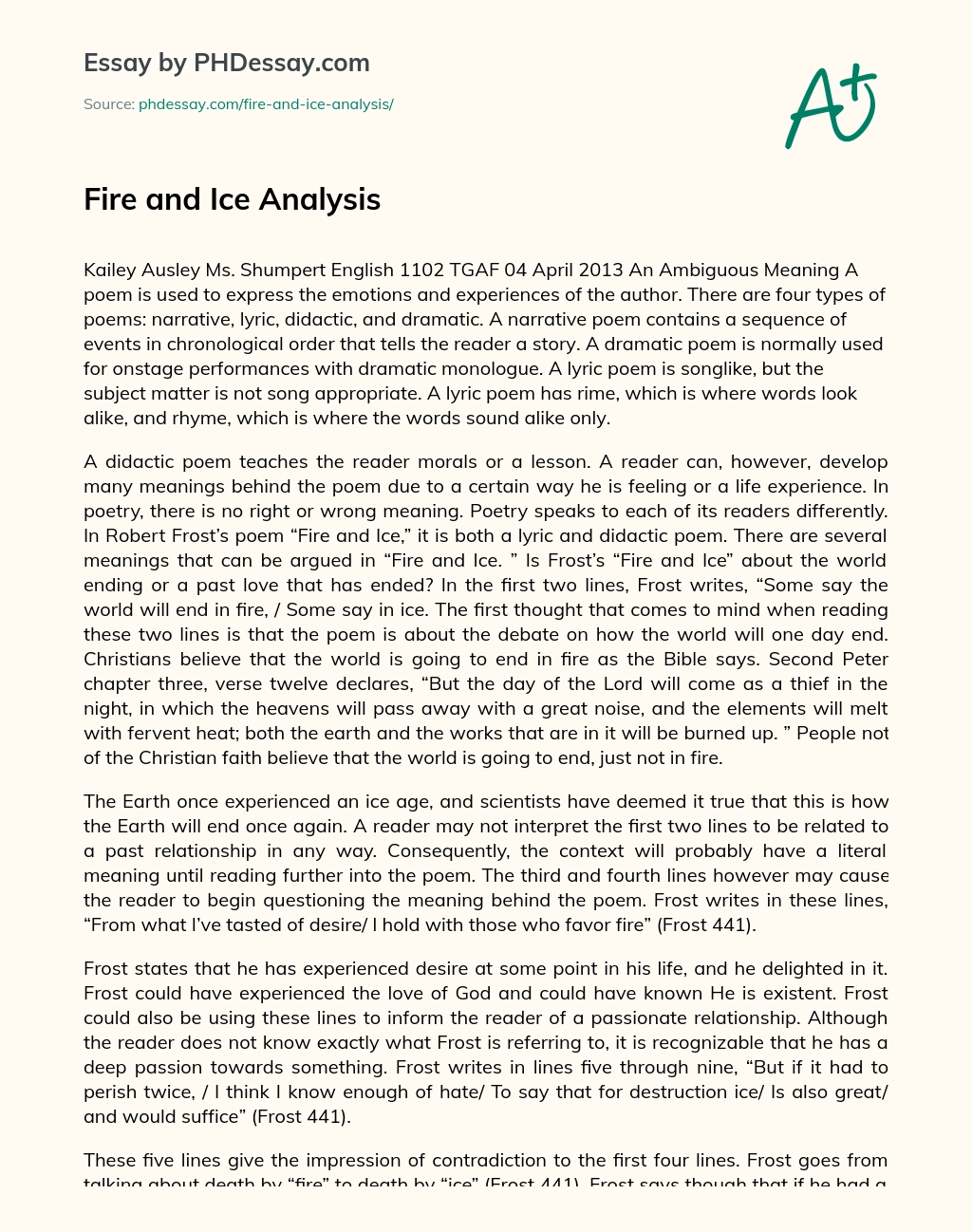



Fire And Ice Analysis Phdessay Com




Fire And Ice By Robert Frost Lesson Analysis Writing By Vocabulary Vixens
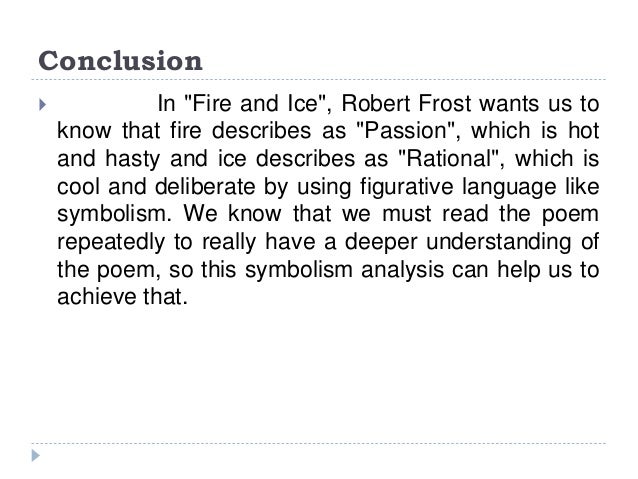



An Analysis Of Symbolism In Fire And Ice By Robert Frost




Annotated Poem Grace S Big Project



Essay Robert Frost Fire Ice
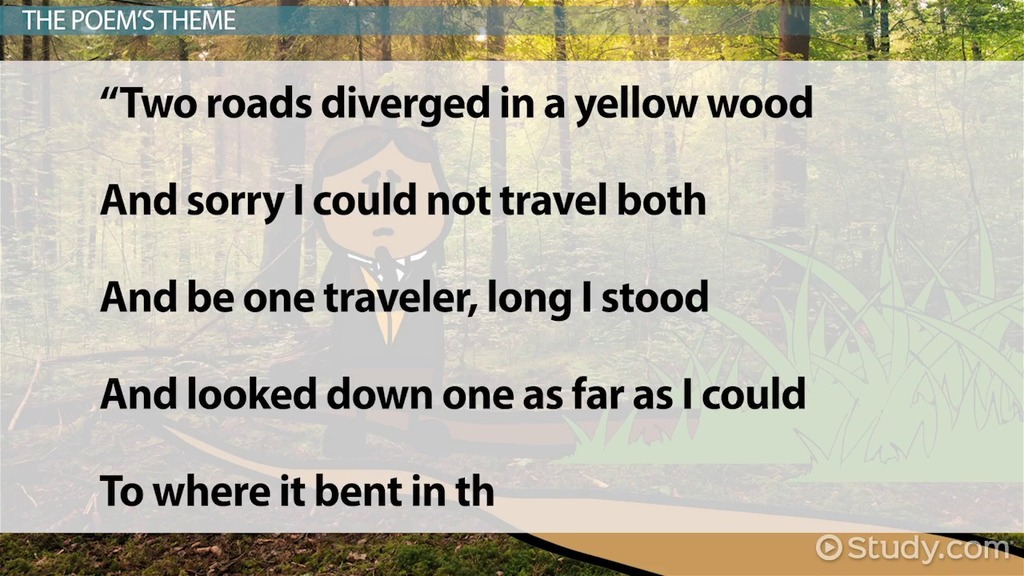



The Road Not Taken Summary Theme Video Lesson Transcript Study Com




Fire And Ice Robert Frost The Poem Some Say The World Will End In Fire Some Say In Ice From What I Ve Tasted Of Desire I Hold With Those Who Favor




Fire And Ice Poem By Robert Frost How It Inspired A Game Of Thrones



Birches Moves The Reader To Interpret The Deeper Meaning Within The Poem Frost Uses The Metaphor Of The Ice Storm To Illustrate Its Connection With Life T A Level English Marked




Fire And Ice Poem With Poetic Elements And Difficult Words Explanation Youtube




Poetry Corner Analysis Poem Aspens By Edward Thomas Clevaster



Acquainted With The Night Poem Lyrics Summary Analysis



Analysis Essay An Analysis Of Fire And Ice By Robert Essnewday Web Fc2 Com




Aos Discovery Hsc English 18




How To Annotate A Poem Examples Arxiusarquitectura



Robert Frost S Fire And Ice A Level English Marked By Teachers Com
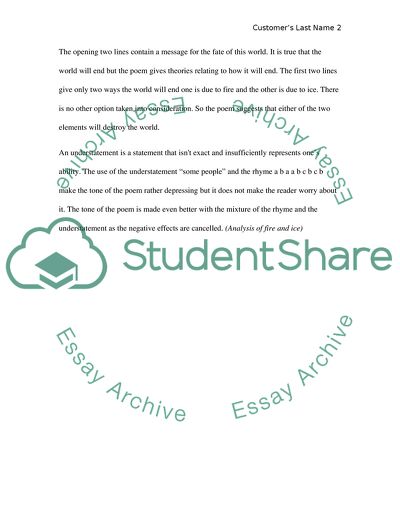



Fire And Ice Essay Example Topics And Well Written Essays 250 Words



Essay Robert Frost Fire Ice




A Retail Life After The Mfa Analysis Of Meeting And Passing By Robert Frost




84 Poetry And R J Ideas Teaching Poetry Poetry Lessons Poetry




Fire And Ice Poem Summary And Analysis Litcharts




How To Annotate A Poem Examples Arxiusarquitectura
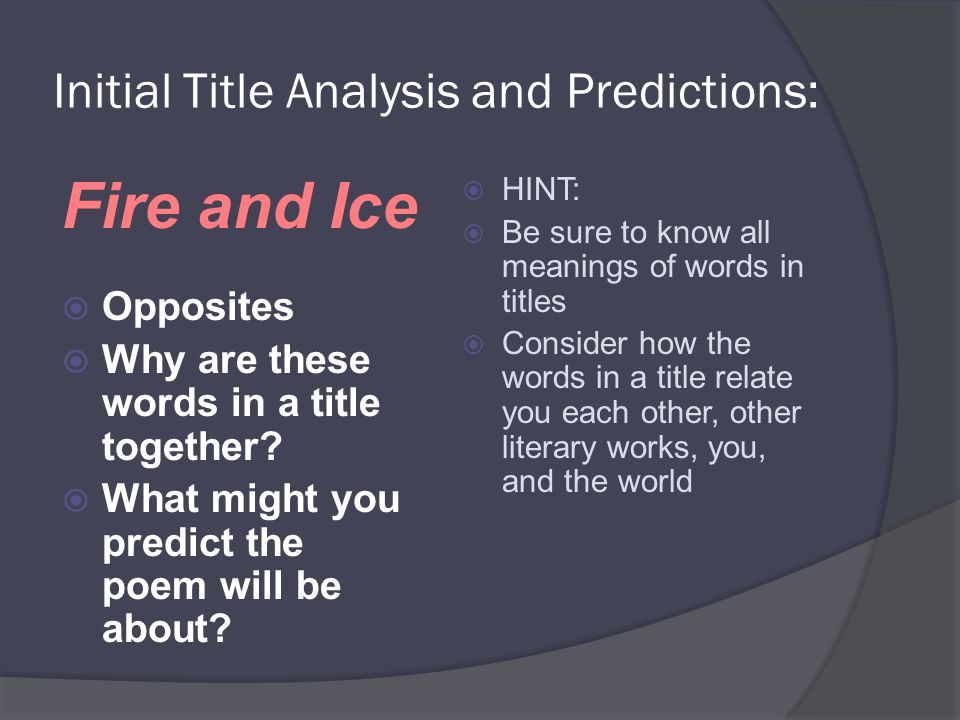



Fire And Ice By Robert Frost Ppt Video Online Download




Fire And Ice By Robert Frost Poem Analysis




What Does Suffice Mean In The Poem Fire And Ice




An Analysis Of Symbolism In Fire And Ice By Robert Frost



Analysis Essay On Fire And Ice Poem
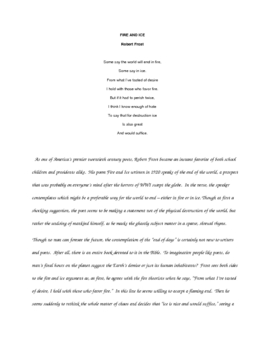



Model Response To A Poem Using Fire And Ice By Robert Frost By Ms S
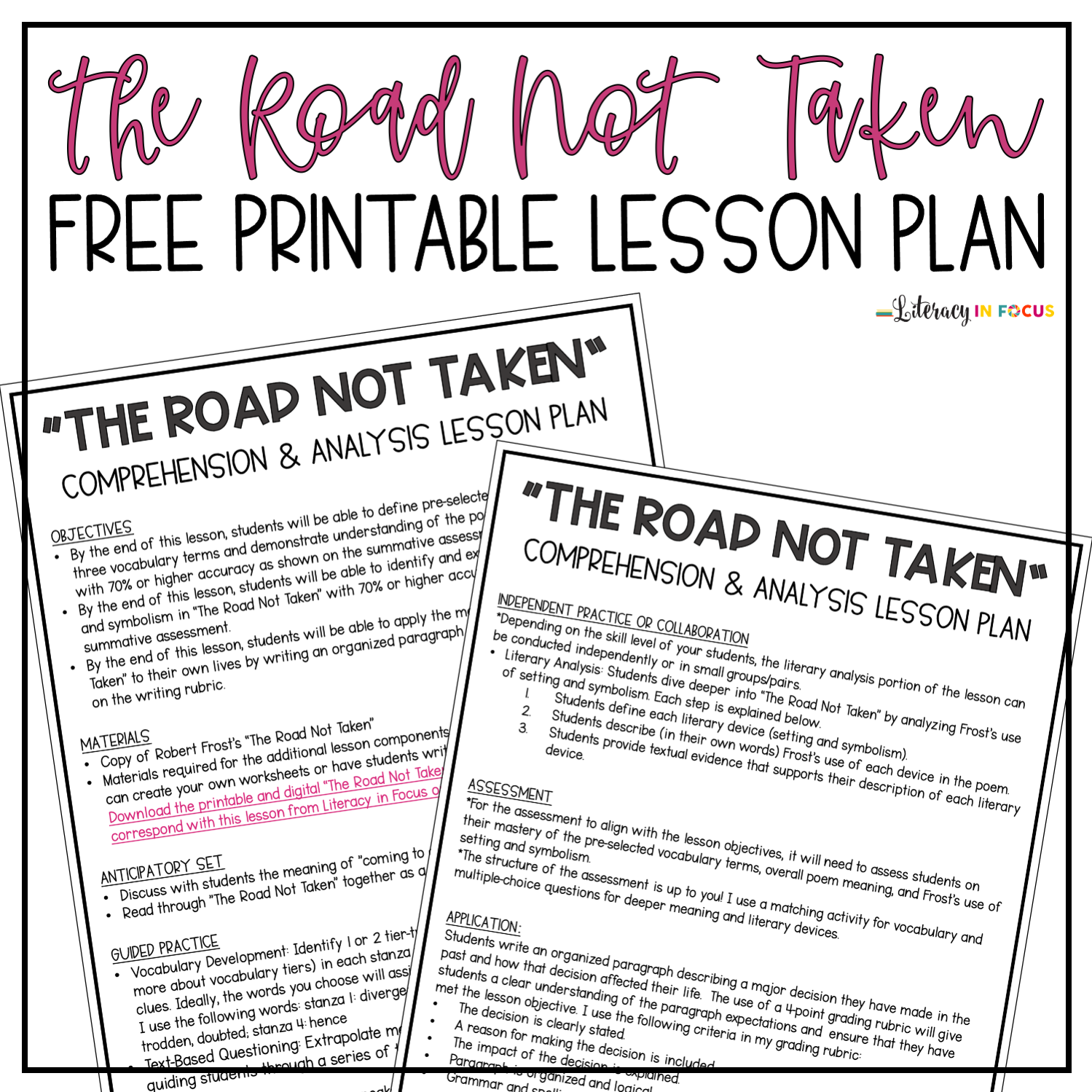



Robert Frost S The Road Not Taken Lesson Plan Pdf Literacy In Focus




Aos Discovery An Introduction To Discovery Intro To Discovery Frost Intro To Discovery Frost Discovery Channel Song 1 2 Youtube Video Galemak 295 Subscribers Subscribe Discovery Channel Song 1 2 Boom De Ya Da Watch Later Share Copy Link




Analysis Essay On Fire And Ice Poem
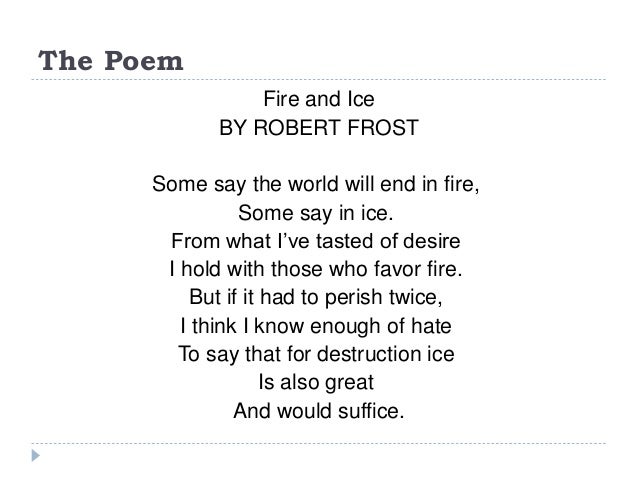



An Analysis Of Symbolism In Fire And Ice By Robert Frost




Fire And Ice By Robert Frost Worksheets Teaching Resources Tpt



Robert Frost Fire And Ice Essay Flood Rescue Com




Doc Semiotics Poem Analysis Barthes Theory I Gede Yoga Permana Academia Edu




Typesetting Markdown Part 8 Annotations Dave Jarvis
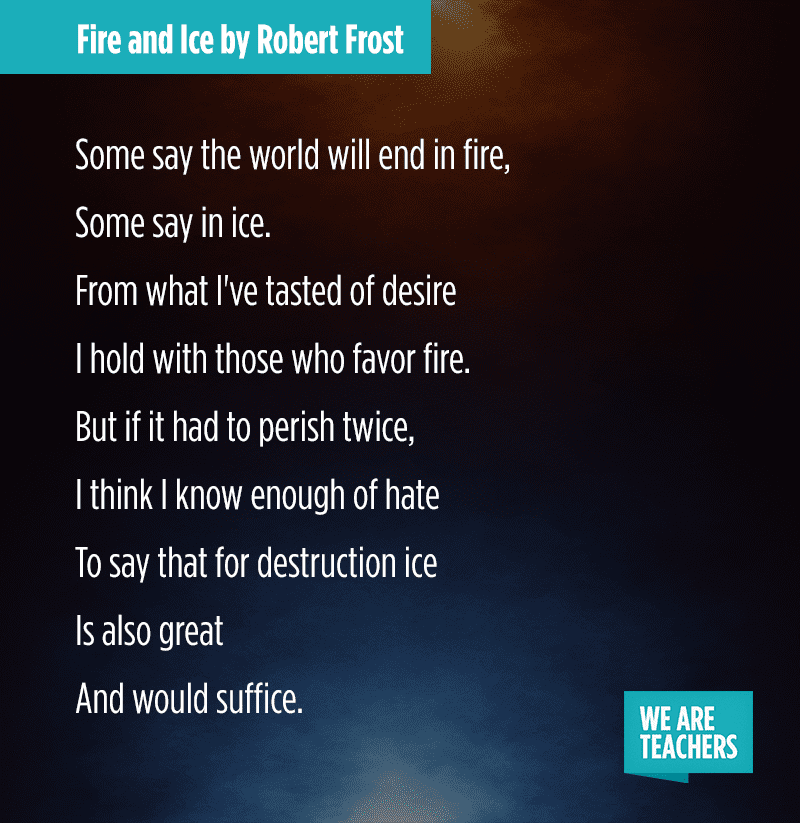



34 Must Share Poems For Middle School And High School




The Road Not Taken Wikipedia




A Retail Life After The Mfa Analysis Of Complete Destruction By William Carlos Williams
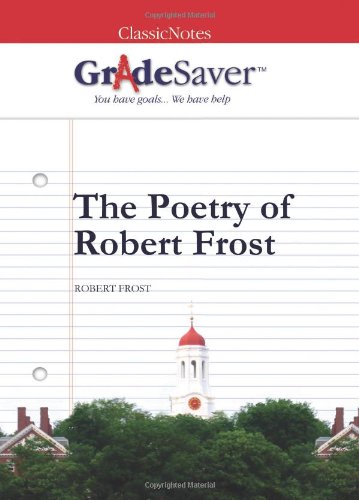



Robert Frost Poems Fire And Ice 1923 Summary And Analysis Gradesaver




A Retail Life After The Mfa Analysis Of Fire And Ice By Robert Frost




How To Annotate A Poem Examples Arxiusarquitectura




An Analysis Of Fire And Ice By Robert Frost Ela Common Core Lesson Plans
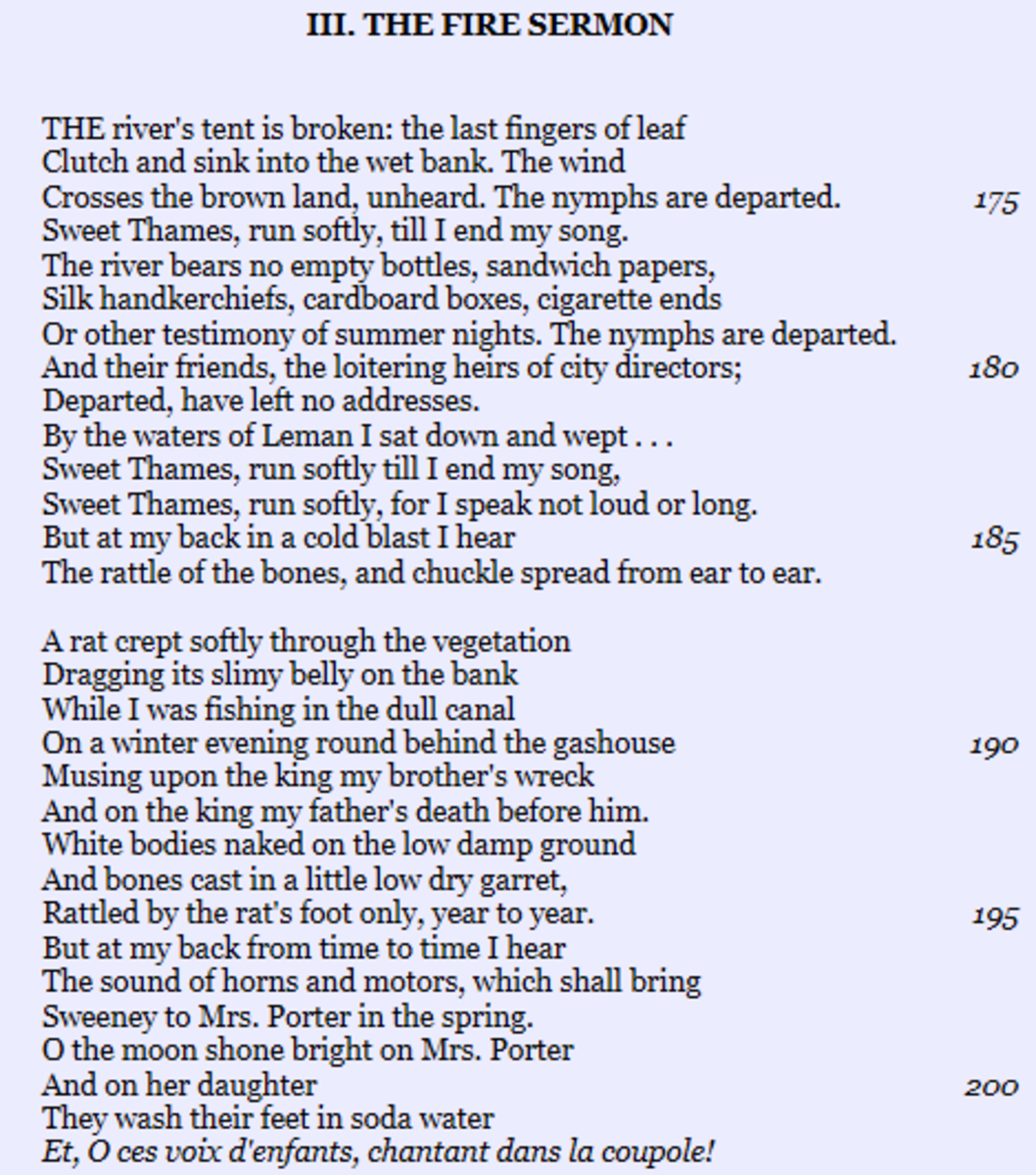



Analysis Of The Poem The Waste Land By T S Eliot Owlcation



Fire And Ice Essay City Centre Hotel Phnom Penh




How To Annotate A Poem Examples Arxiusarquitectura



Fire And Ice Poem By Robert Frost How It Inspired A Game Of Thrones




Mending Wall Poem Summary And Analysis Litcharts
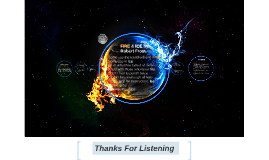



Fire And Ice Analysis By John Lomotan




Fire And Ice By Robert Frost And The Day They Came For Our House By Don Mattera Free Essay Example




Fire And Ice English Is Easy For 10th




Analysis Of The Poem Nothing Gold Can Stay By Robert Frost Poetic Parfait
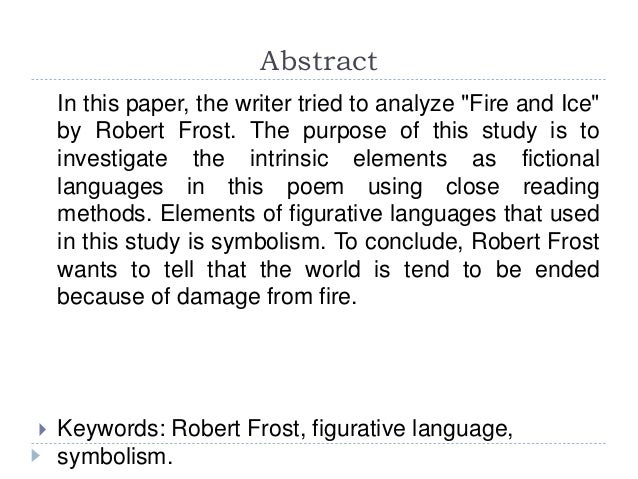



An Analysis Of Symbolism In Fire And Ice By Robert Frost



Birches Moves The Reader To Interpret The Deeper Meaning Within The Poem Frost Uses The Metaphor Of The Ice Storm To Illustrate Its Connection With Life T A Level English Marked
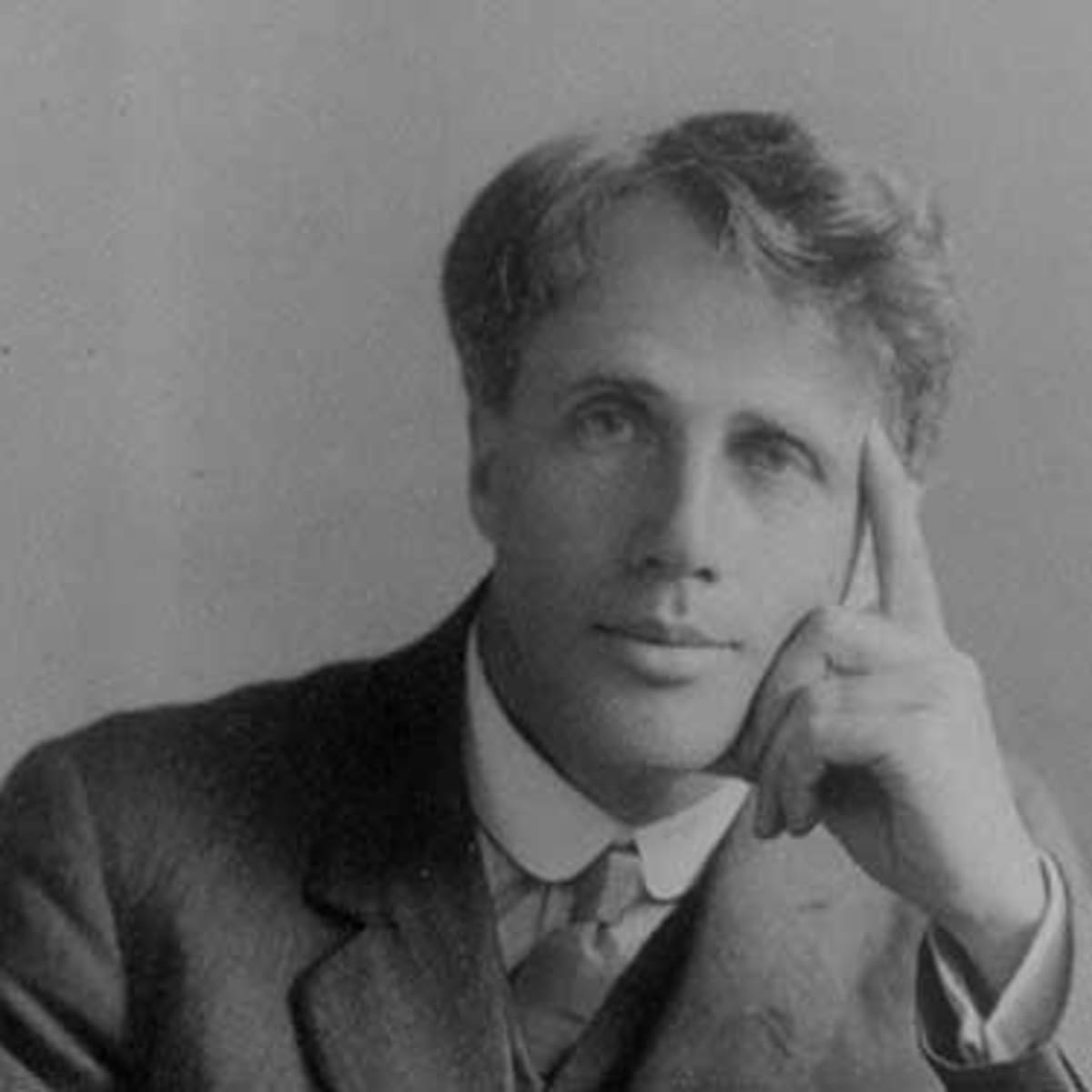



Analysis Of Poem Fire And Ice By Robert Frost Owlcation




Tpcast Analysis Of Fire Ice Part 2 Youtube
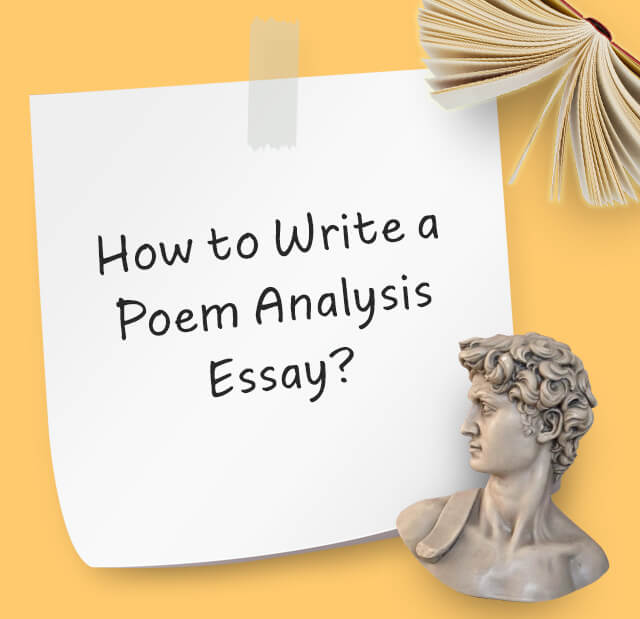



How To Write A Poem Analysis Essay Full Guide By Handmadewriting




Sonnet 30 By Edmund Spenser
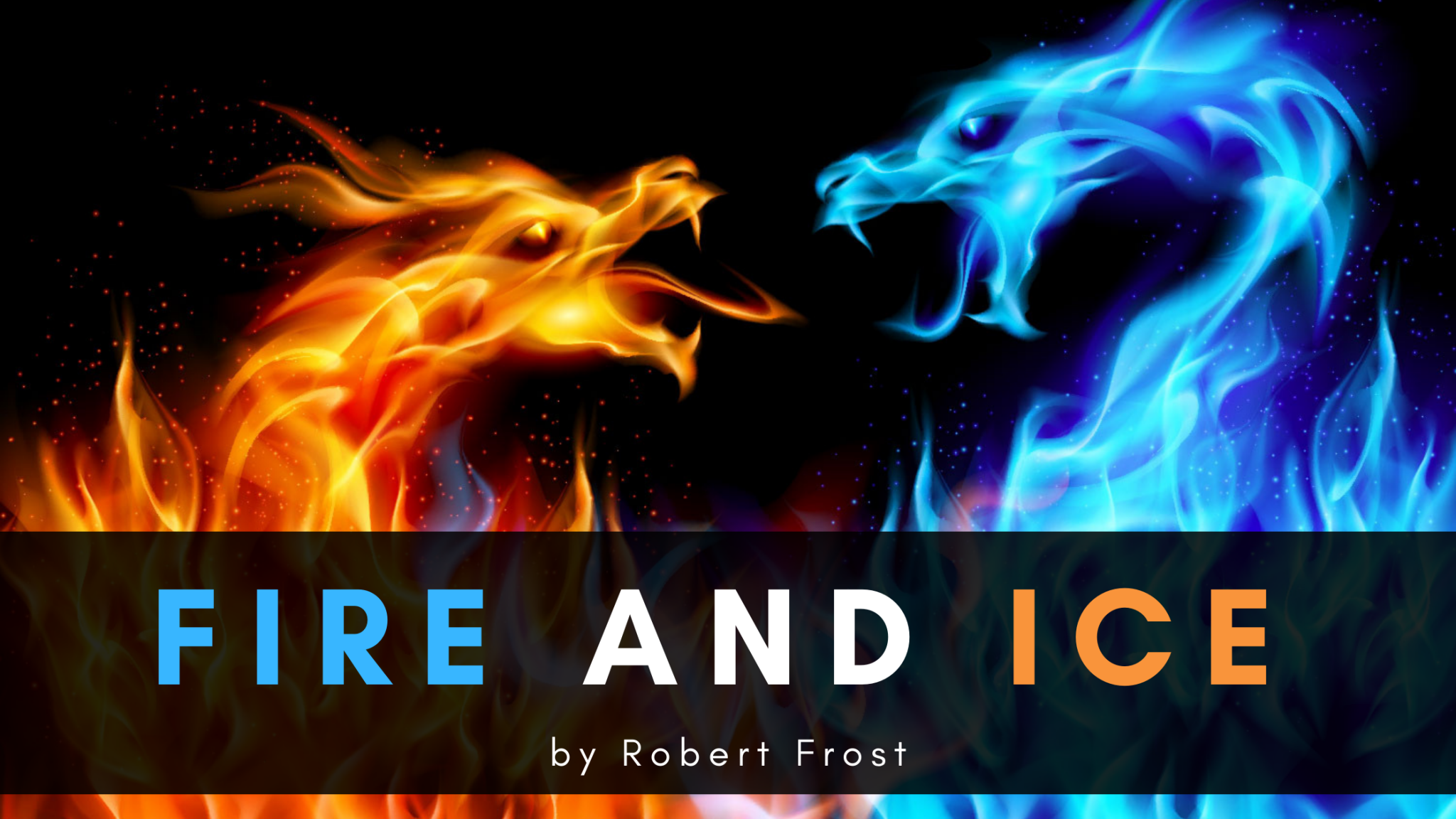



Fire And Ice A Poem By Robert Frost




Poetry Corner Analysis Poem What Kind Of Times Are These Clevaster




Aos Discovery An Introduction To Discovery Intro To Discovery Frost Intro To Discovery Frost Discovery Channel Song 1 2 Youtube Video Galemak 295 Subscribers Subscribe Discovery Channel Song 1 2 Boom De Ya Da Watch Later Share Copy Link




Fire And Ice Robert Frost The Poem Some Say The World Will End In Fire Some Say In Ice From What I Ve Tasted Of Desire I Hold With Those Who Favor




10 Of The Best And Easiest Poems To Analyze Poem Analysis




Liphook Infant School Year 2 Autumn Term




Fire And Ice Robert Frost The Poem Some Say The World Will End In Fire Some Say In Ice From What I Ve Tasted Of Desire I Hold With Those Who Favor
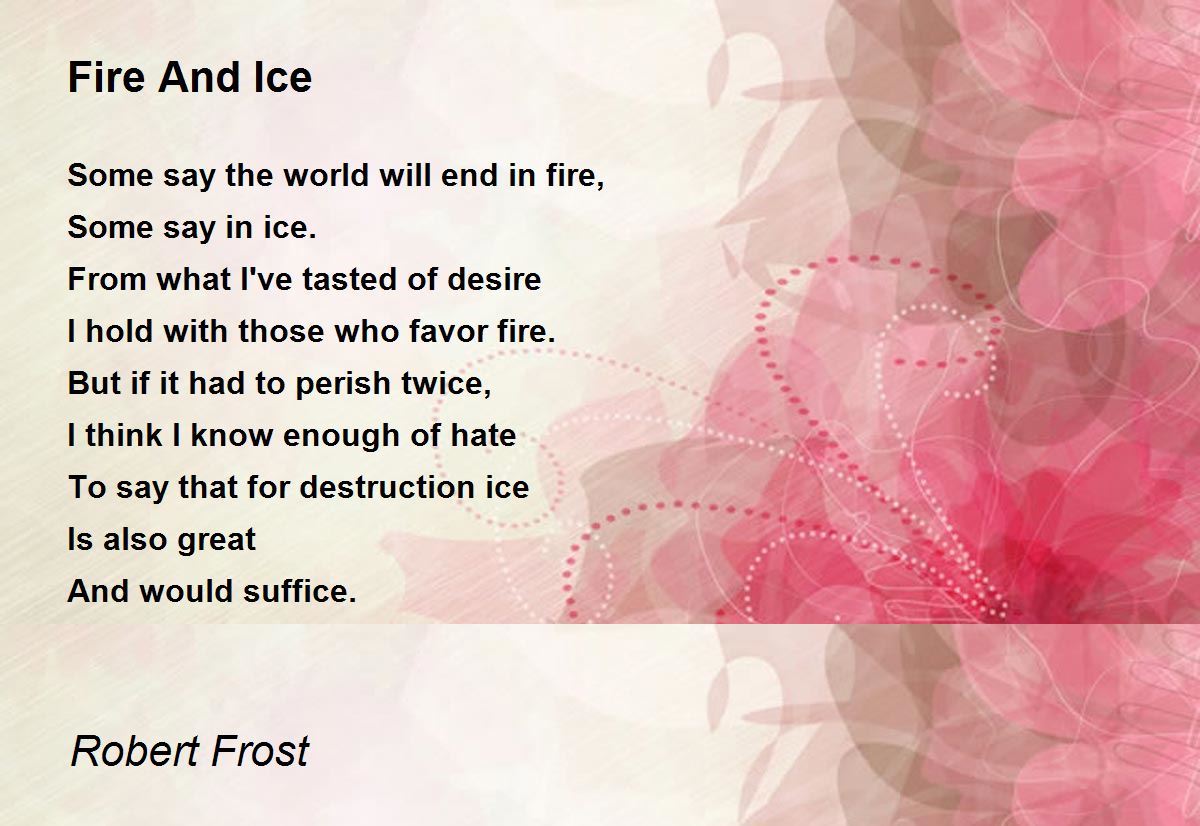



Essay Robert Frost Fire Ice



0 件のコメント:
コメントを投稿